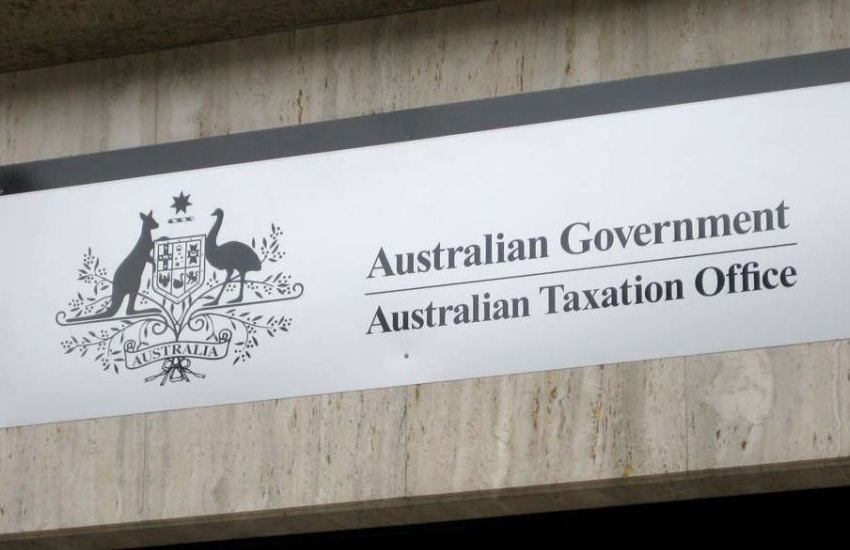Tax Office says common family arrangements have nothing to fear.
21 November 2025
Commercial Finance Awards 2025
Recognising the leading individuals, brokerages and aggregation groups around the nationThis national awards program...
KNOW MORESample announcement strip lore ipsum dolor sit met. CTA HERE
Tax Office says common family arrangements have nothing to fear.

The majority of trusts operate in a way that clearly leaves them safe from section 100A, acting ATO assistant commissioner Chris Ryan said.
Speaking on the latest Accountants Daily podcast, Mr Ryan said the data on distributions revealed that most common family trust arrangements would not attract any concern from the office.
“We know that from the data that we have around distributions to beneficiaries,” he said. “We can see very clearly that most trusts do not operate in a way that we would ever even consider applying 100A to.
“So, for example, a distribution to an adult child that has a low marginal tax rate would not attract section 100A where they receive or enjoy the benefit of their distribution, or expect to do so after year end.”
Unless the distribution went to someone other than the beneficiary, the 100A draft ruling – which was released in February to a chorus of dismay from the tax profession – would be irrelevant.
“Section 100A can only apply where there’s a distribution made under an agreement and there’ll be a payment or benefit paid to someone other than the beneficiary,” Mr Ryan said. “And the purpose of a party to that agreement was that someone would pay less tax,” Mr Ryan said.
“So a good example of that is – and this contrasts well with the example I just gave a moment ago – where you’ve got an adult child, for example, a full-time uni student, and they receive a distribution from the trust that their parents control and it’s understood that their entitlement, their distribution, will be given back to their parents immediately after they’ve received it.
“The distribution was made to the adult child for the purpose of – really the sole purpose of – paying less tax, and not actually providing them with the benefit.
“So that’s an example where we think 100A would apply.”
He said most families and their tax agents would already be avoiding such arrangements.
“We don’t think that most families or practitioners are out there telling their clients to distribute in a way where there’s an intention for the beneficiary not to get the benefit of their entitlement,” Mr Ryan said.
“I’m fairly confident that most practitioners are out there telling their clients to distribute and have a genuine intent that the beneficiary is going to benefit from their entitlements.”
Situations where an adult child repaid their parent for some of the costs of their upbringing, such as school fees or family holidays, were unusual, he said.
“Those are costs ordinarily incurred by parents as a parental expense in raising their children,” he said.
“Where a trust distributes to an adult child and then it’s expected that the adult child is going to use that distribution to repay their parents for the costs of upbringing we would argue that’s not a common family trust arrangement and that’s an ordinary parental expense.
“But what I contrast it to is where the distribution is made to the adult child and the adult child uses their entitlement to repay their parents the cost that their parents have paid for on behalf of the adult child for the adult while they’re an adult.
“So things like for example, the cost of their university fees or reasonable amounts of board or other expenses – like buying them a car for example.
“Those types of things are costs that the adult child has incurred personally as an adult and the parents have perhaps loaned them the money to pay for that and the trust entitlement is being used to repay that amount. That’s okay.
“But where there’s a cost while they’re a minor that the parent would ordinarily be expected to incur and pay for and the parent is trying to charge their kids for that, well, we’d argue that that’s not a common trust arrangement.”
He said a key feature of many green zone arrangements were that the costs were incurred by an adult child, but there was no hard and fast rule.
“Without having a bright line test, that’s probably as close as the one you could get. But certainly, once the child becomes an adult and they are incurring costs on their own behalf, those and the entitlement is used to pay for those costs then absolutely, we view that as being within the green zone,” Mr Ryan said.

AUTHOR
Philip King is editor of Accountants Daily and SMSF Adviser, the leading sources of news, insight, and educational content for professionals in the accounting and SMSF sectors.
Philip joined the titles in March 2022 and brings extensive experience from a variety of roles at The Australian national broadsheet daily, most recently as motoring editor. His background also takes in spells on diverse consumer and trade magazines.
You can email Philip on:
Comments will undergo moderation before they get published.
Recognising the leading individuals, brokerages and aggregation groups around the nationThis national awards program...
KNOW MOREGet breaking news